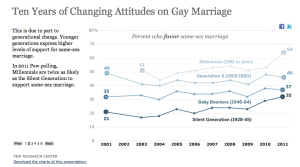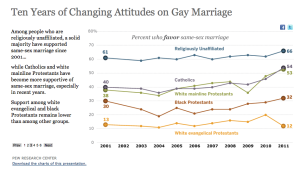 With the success of “The Book of Mormon” & our United Methodist Church Annual Conferences happening around the UMC over the past month and half. Some friends & I had running imaginations that “The Book of Discipline” is just as confusing as the Book of Mormon so why not create a equally compelling broadway play that can debut right before General Conference in 2012.
With the success of “The Book of Mormon” & our United Methodist Church Annual Conferences happening around the UMC over the past month and half. Some friends & I had running imaginations that “The Book of Discipline” is just as confusing as the Book of Mormon so why not create a equally compelling broadway play that can debut right before General Conference in 2012.
“The Book of Discipline” a musical based on the doctrinal works of the United Methodist Church. Musical numbers would include:
- “Prevenient Grace, How Sweet the Realization”
- “Where As, Hence, Be It”
- “Christ, from whom All Committees Flow”
- “Take My Life and Let it SPRC”
- “I am a Methodist…and Methodists just whatever…”
- “Depth of Resolutions”
- “Jesus, Lover of my Social Principles”
- “Lo He comes with Consensus Descending”
- “Where As, Hence, Be It Therefore”
- “Oh Come and Dwell in, this huge book we Created”
- “Oh for a Thousand ‘Vital Congregations’ To Sing”
Creators & Contributors to “The Book of Discipline” the musical Heather Bennett, Russell Hale, Brad Smith, & you who leave ideas in the comments.





